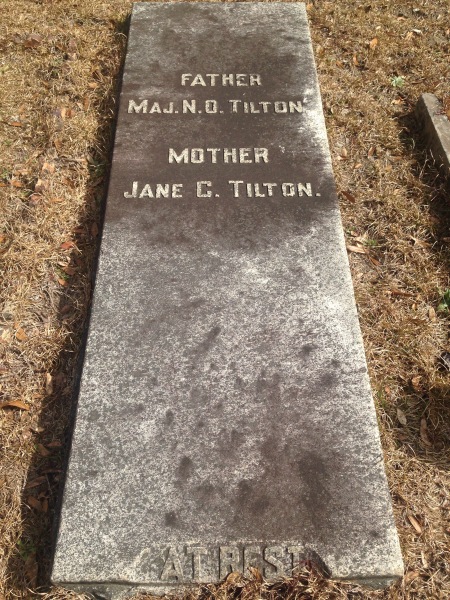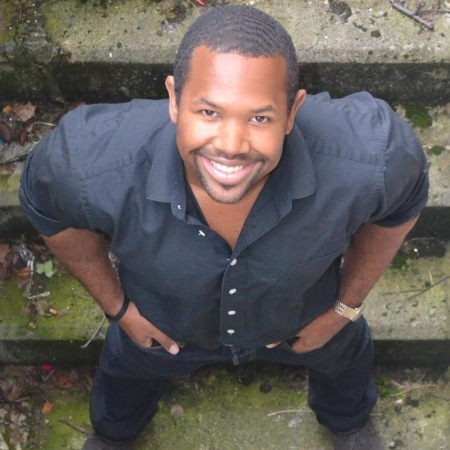And another thing…
A nice lady found my blog. She is a SugarCousin, and she wonders what we can find out about her grandmother from Savannah, a certain Maude Constance Tilton who married Joseph Maner Lawton.
Before you gasp and exclaim *That’s my Joseph Maner Lawton*, well, maybe it is and maybe it isn’t. There were several. Regardless of which one, you’re a cousin.
I poked around the Internet and made a little tree. I added Maude’s parents and husband.

Then I added Maude’s siblings…


Then I checked the City of Savannah’s Cemetery database.
Aaa n d we’re off to the cemetery.
The first stop is Laurel Grove.
We are looking for lot 1874, which is where Mrs. Rosa M. Tilton, Clifton Mills Tilton, and Nathaniel O. Tilton are buried. We turn down a lane that we’ve never traveled before, near the front of the cemetery, and SugarSpotter spotted a stone that he needed to see. Demanded I take a photo, he did.
Sugar thinks that this Bostwick person to be a derivation of Bostick, especially because it is coupled with “Maner”. And who am I to argue about local names with a local? I have learned to pick only the fights I can win.
On to 1874. The lot, not the year.

Nothing. No markers. This is not the first, nor the second, nor the third time we have encountered this, right here in Laurel Grove.
There *IS* a simply wonderful Sago Palm that surely was planted long ago. It’s HUGE.
Sorry for my poor planning and lack of forethought for not having a Sugary frame of reference to show you how big this Sago is. I think I was unnerved that there were no markers.
 There were a couple of outlined graves. If you read a recent post about the Bateson plot at #322, you’ll remember that we can talk to he nice cemetery conservator who has the marvelous database that shows who is where.
There were a couple of outlined graves. If you read a recent post about the Bateson plot at #322, you’ll remember that we can talk to he nice cemetery conservator who has the marvelous database that shows who is where.


We know that the Bateson brothers have not had their markers installed yet, so we bypass a visit there because we still have much to see across town at Bonaventure. Plus lunch. A girl’s gotta have priorities.
Now at Bonaventure. We’re at the sign at the entrance, looking for Section F, lot 46. Sorry for the reflection on the map.
The Tiltons that I can identify as being part of this group are Jane C. Tilton, Major N. O. Tilton, O. L. Tilton, Rosa A. Tilton, and Mrs. Rosa B. Tilton.



Of course. the SugarSpotter find a Lawton next door.

Now, back to the true reason of our visit.


Because I did a little homework before we set off for the cemetery, I found these documents about Nathaniel on ancestrydotcom.


That wraps up our cemetery tour. I’m guessing that there are lots more documents online about this family. When I find more, I’ll edit this post and add them.
Good night, Tilton people. We’re thinking of you.










































































































